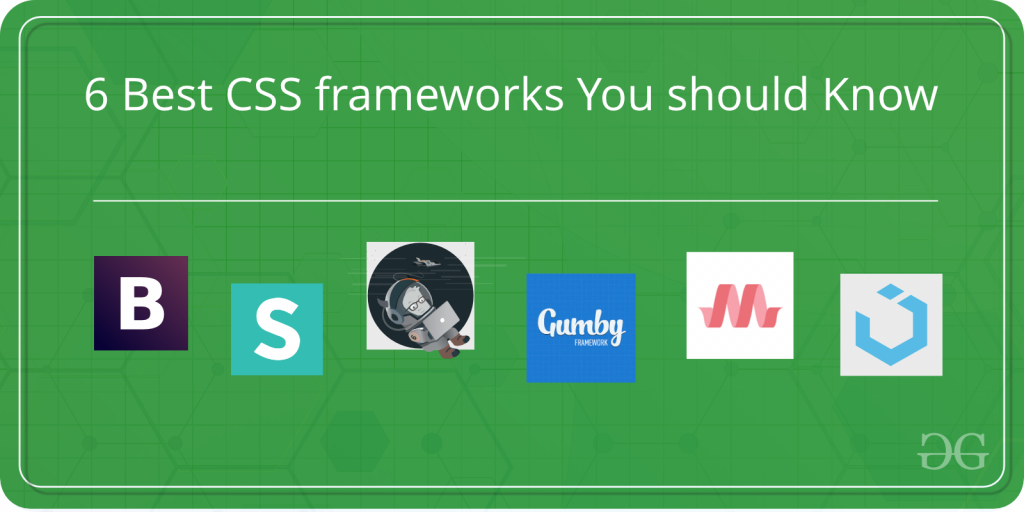Index Surge: Amplifying Your Insights
Stay updated with the latest trends and news across various industries.
CSS Frameworks: The Secret Sauce for Stunning Websites
Unlock the secrets of stunning websites! Discover how CSS frameworks can elevate your design game and wow your audience.
Top 5 CSS Frameworks to Elevate Your Web Design
In the world of web development, choosing the right tools can make all the difference in creating stunning and responsive websites. CSS frameworks are essential for developers looking to streamline their workflow and enhance the visual appeal of their projects. Here, we present the top 5 CSS frameworks that can elevate your web design, making it not only faster to implement but also more visually compelling:
- Bootstrap: This widely-used framework offers a robust grid system and pre-designed components, making it a favorite among developers for creating mobile-first applications.
- Tailwind CSS: Known for its utility-first approach, Tailwind CSS allows for greater customization and flexibility, enabling developers to create unique designs effortlessly.
- Foundation: Developed by ZURB, Foundation provides advanced features like flexible grid layouts and responsive navigation, making it perfect for complex projects.
- Bulma: This modern framework utilizes Flexbox, ensuring that responsive design is straightforward. Bulma’s simplicity and clean structure make it easy for beginners and seasoned developers alike.
- Materialize: Inspired by Google's Material Design, Materialize offers a cohesive design language and a set of components that ensure your website looks contemporary and user-friendly.

How to Choose the Right CSS Framework for Your Project
Choosing the right CSS framework for your project is crucial for ensuring a smooth development process and a visually appealing end product. Start by evaluating the specific needs of your project. Consider factors such as the size of your team, the complexity of the design, and the project timeline. A good approach is to create a list of essential features your framework should have, such as responsive design, grid systems, or UI components. Popular frameworks like Bootstrap, Tailwind CSS, and Foundation each have their unique strengths, so weighing their pros and cons based on your requirements is vital.
In addition to features, also take into account the community support and documentation available for each CSS framework. A framework with a strong community often means a wealth of resources, such as tutorials, plugins, and forums where you can seek help if needed. To make your decision easier, you can create a comparison table highlighting the key aspects of each framework. Finally, prototype your design using a few of the frameworks you’re considering; trial and error can often lead to discovering which one feels right for your development style.
What Makes CSS Frameworks Essential for Modern Web Development?
CSS frameworks have become an essential component of modern web development due to their ability to streamline the design process and enhance the overall user experience. By providing pre-written CSS styles and components, frameworks like Bootstrap, Foundation, and Bulma allow developers to rapidly prototype and build responsive websites without starting from scratch. This efficiency is particularly important in today's fast-paced digital landscape, where time-to-market can significantly impact a project's success. Additionally, these frameworks incorporate best practices in responsive design, ensuring that websites look great on all devices, from mobile phones to desktop computers.
Beyond mere convenience, CSS frameworks also promote consistency across web applications by standardizing design elements. When teams adopt a common framework, it fosters collaboration and helps maintain a cohesive look and feel throughout the project. Furthermore, most modern frameworks are built with accessibility in mind, ensuring that web content is usable for all users, including those with disabilities. By integrating a CSS framework into the development workflow, developers can focus more on functionality and less on the minutiae of styling, ultimately resulting in higher quality web applications that meet both user and business needs.